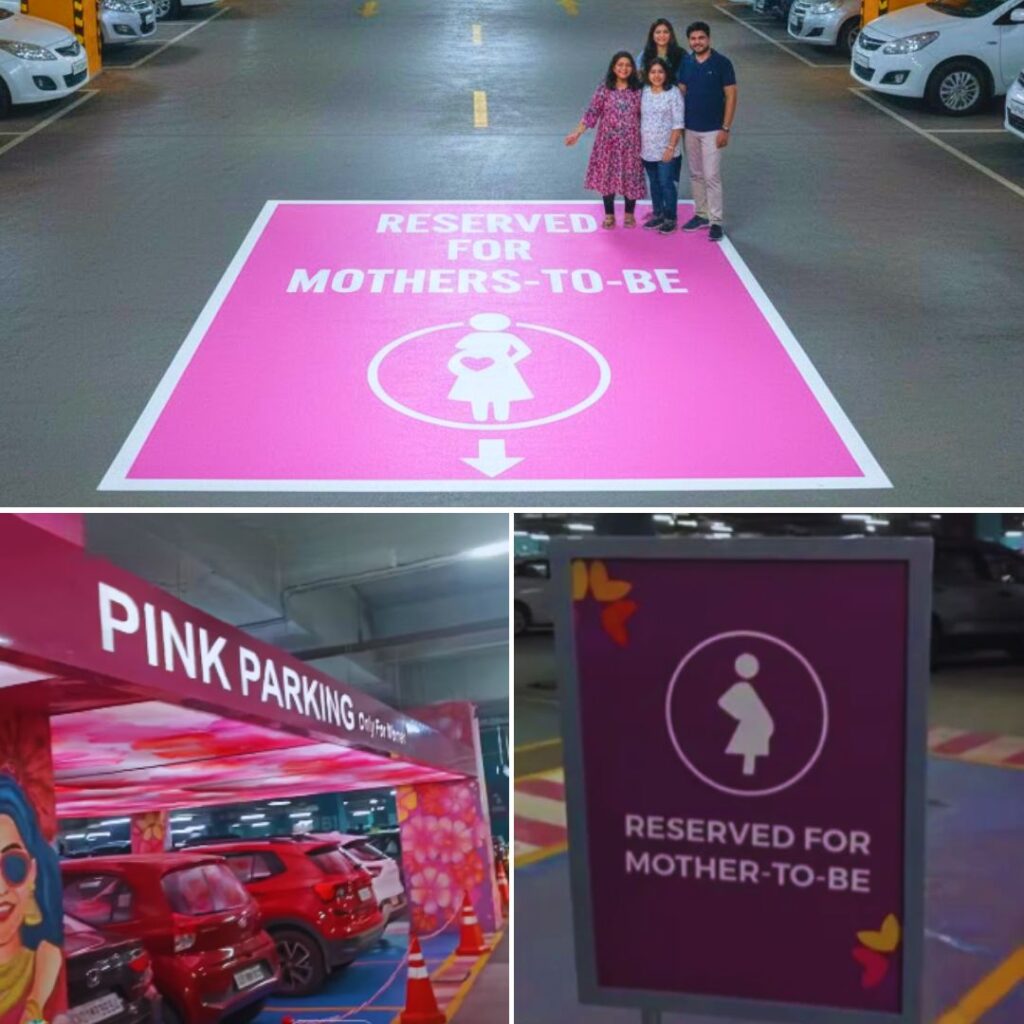In another effort to upgrade upcoming technologies and innovations, National Aeronautics and Space Administration (NASA) is now inviting applications from university-level engineering students to participate in developing a method to harvest water on the Moon and Mars.
‘2021 Moon to Mars Ice and Prospecting Challenge’ comes under NASA’s Artemis program, and the due date to submit the design ideas and prototypes is November 24, 2020. Of the designs received, the US Space agency will then shortlist 10 teams for building their systems. All of them will be given USD 10,000 as a development stipend.
The agency in its report states that water is essential for many actions on such celestial missions, whether to drink, grow plants or make rocket propellant. It is, on the other hand, also ‘heavy and expensive’ to bring to such destinations from Earth. Therefore, the teams are expected to design and build hardware that will help astronauts identify, map, and drill through various subsurface layers, then extract water from an ice block in a simulated off-world test bed.
The main goal will be to harvest as much water as possible from simulated slices of lunar and Martian surfaces. In addition, each team is also expected to identify significant differences between operations on Earth versus the Moon and Mars, further describing essential modifications needed accordingly.
‘Access to water is a key consideration for space exploration,’ said Richard (Rick) Davis, assistant director for science and exploration in NASA’s Science Mission Directorate (SMD) at NASA Headquarters in Washington. The agency claims that water is more abundant in our solar system than previously thought.
Under the Artemis program, astronauts will be searching for water on the south pole of the moon. It is unknown in which form they will find water. ‘The water we’ll find when the next men and first women explore the lunar surface for the Artemis program is liable to be mixed with contaminants that need to be removed before drinking, or used as fuel,’ said Douglas Terrier, NASA chief technologist.
Also Read: Community Refrigerators: Mumbai NGO’s Innovative Solution To Feed Poor










